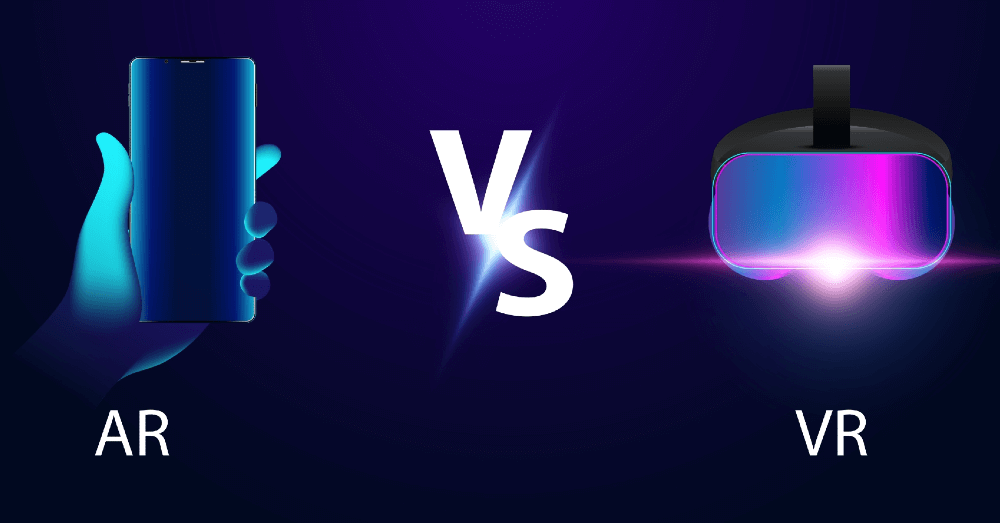The virtual world is upon us, but it comes in different forms. Should you utilize augmented reality or virtual reality for work, advertising, and connectivity?
Each form of digital reality presentations has its distinct advantages and disadvantages. When you think if VR, you might picture the gaming googles used to put you into a virtual world, but many companies have expanded this technology much further. AR might not be nearly as well-known to most people, but it’s extremely useful and forward-thinking for many companies.
Here are some of the pros and cons of augmented reality and virtual reality to consider.
Virtual Reality
Pros
- Engaging Sensory Ride:Companies that utilize VR properly offer an impressive ride using computer-generated imagery. The only limitation to VR is the money being spent. Otherwise, a person’s imagination can create other worlds, product demos, or spaces in various ways.
- Learning Made Easier:When used for education, virtual reality can make learning easier and more comfortable for the instructor and the student.
- Allows Experimentation:VR allows users to experiment with artificial environments, which can make its use a lot of fun.
Cons
- Fragmented Market:Headsets used to create virtual worlds range in price from $15 to $1,500, depending on the programming, quality, and implementation. Most VR standards are in the early adoption stage, which means content doesn’t cross platforms easily.
- Customized Content:Content for virtual reality devices is customized to the devices. The early stage of this technology means some of the best practices haven’t been worked out yet.
- Individual Experience:Although virtual reality takes you to a virtual world, it’s often done on an individual basis. This doesn’t work to bring people together but puts you into isolation.
- Demos Are Slow?Virtual reality headsets aren’t the best for demos. It takes time to configure the equipment and explain the controls to the user to view the content. Even short content takes too long to configure and be useful at demo shows.
Augmented Reality
Pros
- Layered Information:When used properly, augmented reality is layered over a real-world scene to give you more information. Think of how your directional arrows can layer over a satellite map of an area on your GPS screen.
- Smartphone Use:Basic AR apps use smartphones, and these apps have been well-established in the current market.
- Increased Functionality and Capability:The latest lines of phones and tables have AR developer kits with new capabilities and functionality. These functions allow users to see how items would look in their homes or various sizes and colors of clothing and how they might fit them before buying.
- Medical Use:Many doctors can use augmented reality during surgeries to be aware of patient data during surgery. This allows doctors to respond appropriately to any changes in the patient’s information.
Cons
- Expensive Headsets:Augmented reality headsets are expensive, ranging from $2,295 to $3,500, and have serious limitations. They have a limited range of field and gesture controls and can be difficult to use.
- Extremely Limited Headsets:These headsets are geeky-looking and only used for specific applications. They are not meant to be used every day, and current models might not make it to the future.
What’s the best use of this technology?
Despite virtual reality and augmented reality being fairly new to the market, both are useful in some ways. There may be limitations to each, but the best-case use of each is:
Virtual Reality
- VR site inspections
- Demos
- VR booth and stage set design
- VR room diagramming
Augmented Reality
- Product demos using tethered tablet computers
- Product demos using attendee phones
- AR video walls and mirrors
Each of these technology types has uses in our current world and should continue to grow in use and development. The future of virtual reality and augmented reality might become one with the two technologies working seamlessly together.



